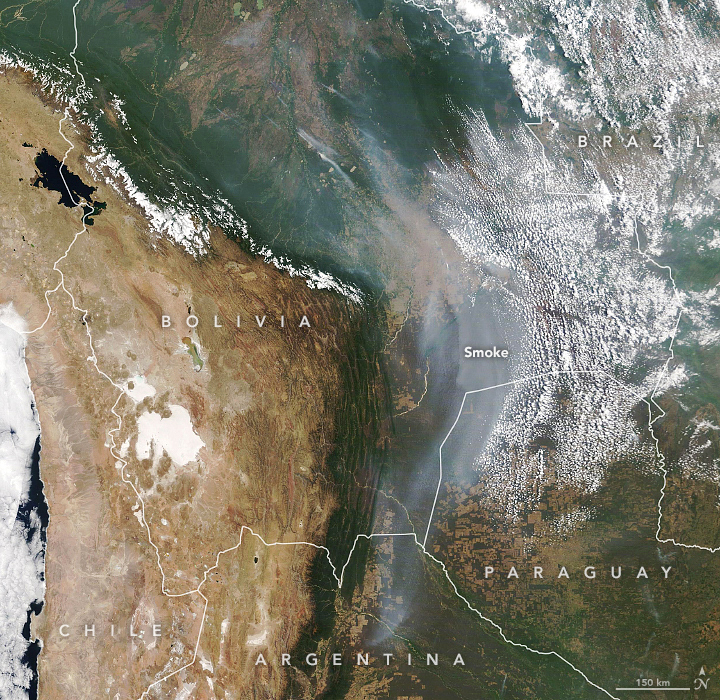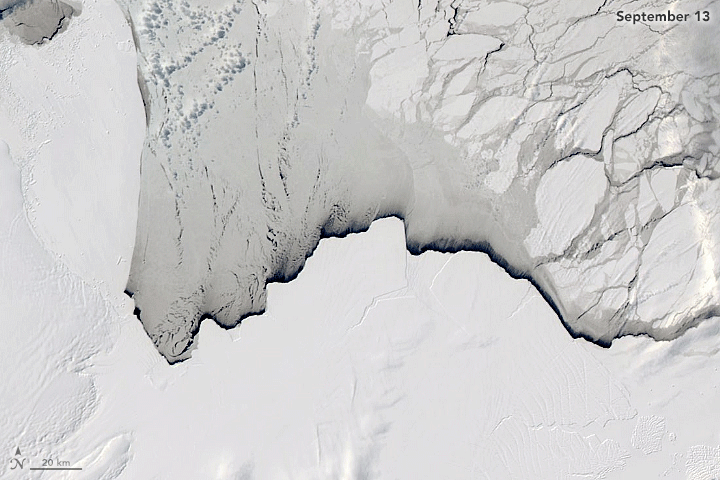Terra is tracking fires in Indonesia. MODIS and VIIRS data have been used to count the number of blazes across the region, which is so far fewer than another recent fire year, 2015. However, some starts are burning in areas so thick with smoke that satellites can’t detect them or burning underground in Indonesia’s peat beds. Smoke, other aerosols, and emissions including carbon monoxide have been released into the air. Terra’s MISR, MODIS and MOPITT instruments track these airborne particles and chemicals, while new models are being tested.
Read more about Indonesia’s current fire season: https://earthobservatory.nasa.gov/images/145614/smoke-blankets-borneo
Read more about Terra’s role in monitoring the historic 2015 fire season: https://earthobservatory.nasa.gov/features/IndonesianFires



